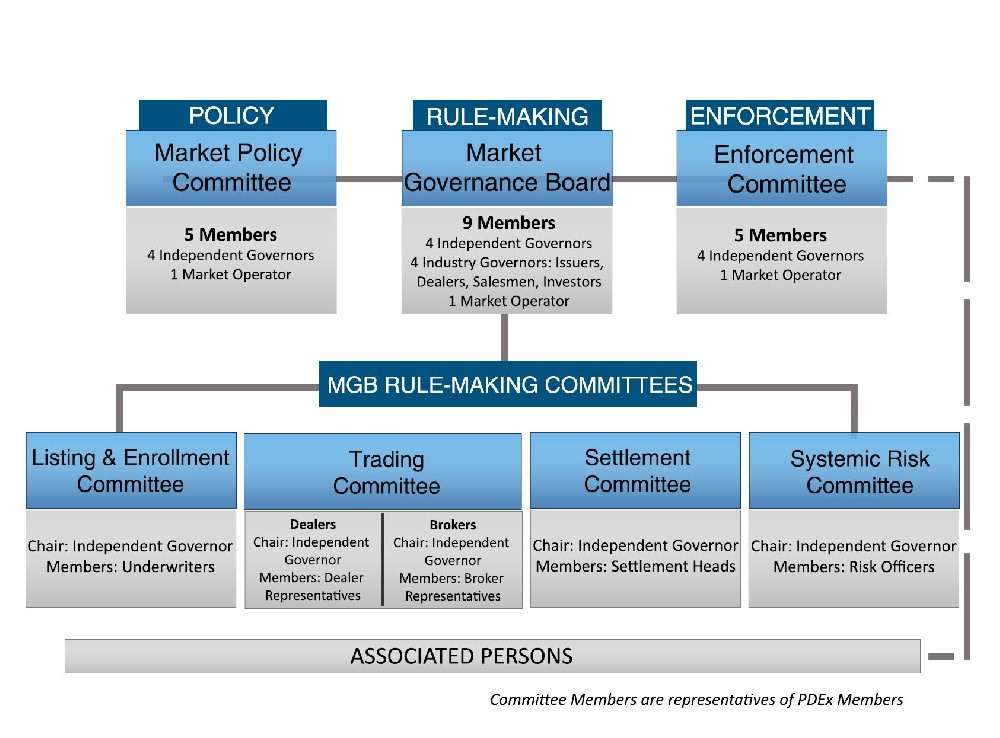Blockchain finance and traditional finance are two different ways of managing and facilitating financial transactions. Blockchain finance is based on decentralized systems that use cryptography and distributed ledger technology to secure and verify transactions, while traditional finance is based on centralized systems that use intermediaries and regulations to facilitate transactions. Here are some of the main differences between blockchain finance and traditional finance:
Security: Blockchain finance is more secure than traditional finance, as it does not rely on a single point of failure or trust. Transactions are encrypted and verified by a network of nodes, making it harder for hackers or fraudsters to tamper with or manipulate the data. Traditional finance is more vulnerable to security breaches, as it depends on the integrity and reliability of intermediaries, such as banks, brokers, or regulators, who can be hacked, corrupted, or compromised.
Transparency: Blockchain finance is more transparent than traditional finance, as it offers complete visibility and traceability of transactions. Transactions are recorded on a public ledger that anyone can access and audit, ensuring accountability and trust. Traditional finance is more opaque and secretive, as transactions are often hidden or obscured by intermediaries, making it difficult to verify or monitor the flow of funds.
Efficiency: Blockchain finance is more efficient than traditional finance, as it eliminates the need for intermediaries and reduces the costs and delays associated with transactions. Transactions are executed directly between the parties involved, without the involvement of third parties, such as banks, clearing houses, or regulators, who charge fees and impose restrictions. Traditional finance is more inefficient and costly, as it involves multiple intermediaries and layers of bureaucracy, which increase the complexity and friction of transactions.
Innovation: Blockchain finance is more innovative than traditional finance, as it enables the creation of new financial products and services, such as cryptocurrencies, smart contracts, decentralized applications, and decentralized autonomous organizations. These products and services offer new ways of exchanging value, creating wealth, and organizing economic activity, beyond the conventional boundaries of traditional finance. Traditional finance is more conservative and rigid, as it follows established rules and norms, which limit the scope and diversity of financial products and services.
These are some of the main differences between blockchain finance and traditional finance, based on the web search results. Blockchain finance has the potential to transform the financial industry and society, by offering more security, transparency, efficiency, and innovation. However, blockchain finance also faces some challenges and risks, such as regulation, scalability, interoperability, and adoption, that need to be addressed and overcome. Therefore, blockchain finance and traditional finance can coexist and complement each other, by leveraging their respective strengths and weaknesses.







